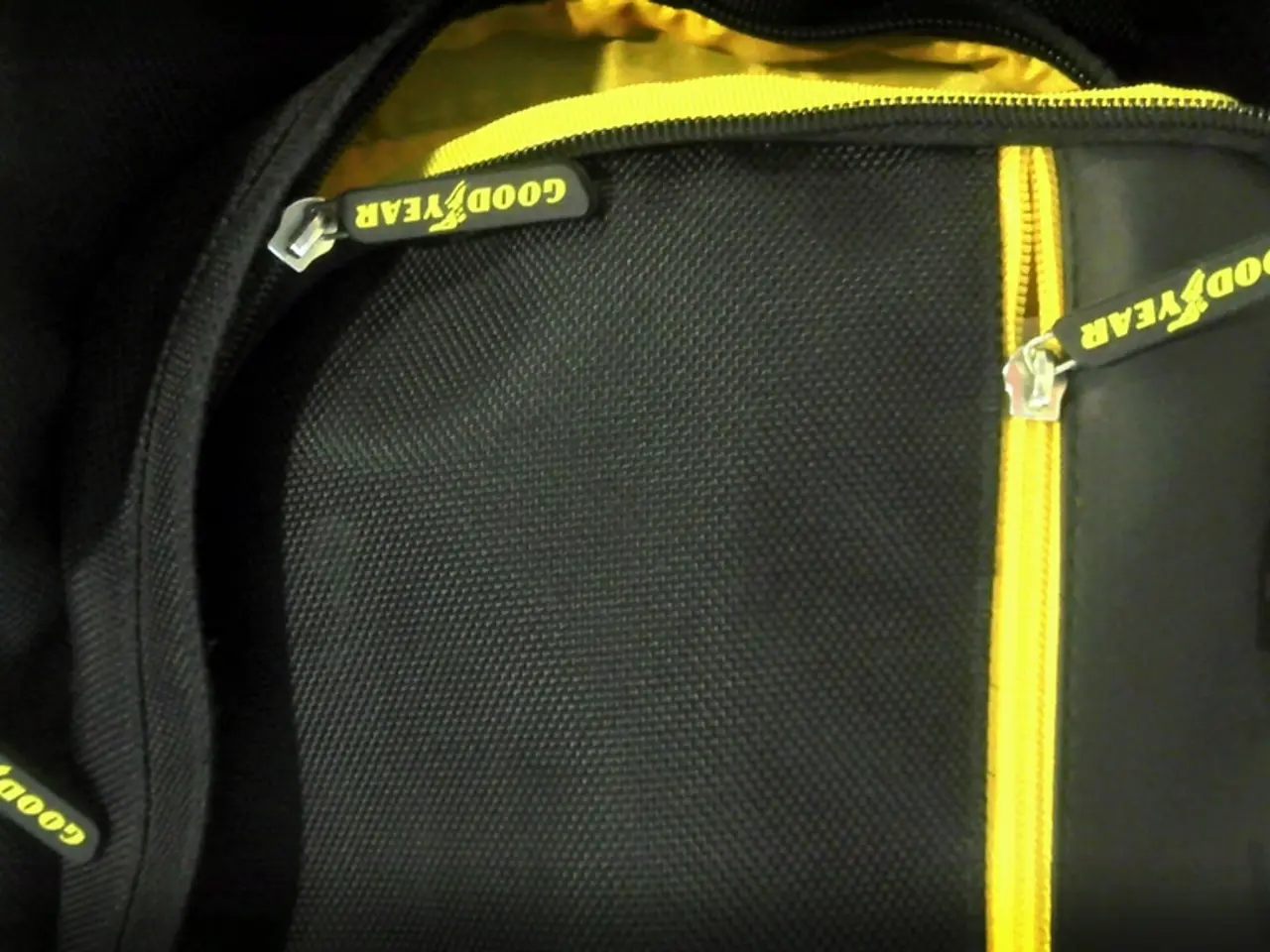Maximizing Your Outdoor Expeditions with Appropriate Equipment
Embarking on a hiking journey calls for the right gear, and among the most essential items is a durable backpack. Whether you're planning a day hike or a multi-day trek, the ideal backpack can make all the difference. Here are some key features to consider when selecting your perfect companion for the trail.
Material Durability
Look for backpacks made from abrasion-resistant, high-denier nylon or polyester fabrics. These materials are designed to withstand the rigors of hiking, and treatments like durable water repellent (DWR) coatings offer weather resistance. For exceptional strength and water resistance at low weight, consider fabrics such as Dyneema composite.
Comfort and Fit
Comfort is crucial on a hike, and adjustable, padded shoulder straps and hip belts are essential for distributing weight evenly and reducing back strain. A well-padded, supportive hip belt that contours to the hips improves stability and comfort on long hikes.
Load Support and Stability
Backpacks with firm foam back panels and internal aluminum stays or frames help carry heavy loads comfortably and maintain pack shape. Dual stays generally provide better stability than single stays.
Size and Capacity
Choose the pack volume based on trip duration, packing style, and weather conditions. Options typically range from daypacks (~20L) to larger multi-day packs (40-70L). For day hikes, 20-30 liters should suffice, while longer treks may require 50 liters or more.
Organization and Accessibility
Multiple compartments, external pockets, and features like trekking pole loops, hydration bladder sleeves, and zippered access points make for better organization and convenience on the trail.
Weather Resistance
While few backpacks are fully waterproof, water-resistant coatings and materials help resist light rain and moisture. External mesh pockets may be less protective but offer drying capabilities for wet gear.
Quality Hardware
Durable zippers, buckles, and components from reputable outdoor brands contribute to long-lasting performance.
Additional Features
Mesh panels and airflow channels help reduce sweat and heat buildup to your back. Padded shoulder straps, chest clips, and waist belts help distribute weight more evenly. Keeping rain gear and first aid kits handy, especially in unpredictable climate situations, is important for safety. Multiple sections in a backpack allow easy access to water, snacks, tools, and emergency objects.
Notable Examples
Notable examples of durable backpacks for hiking include the Hyperlite Mountain Gear Southwest 55, favored for its durable Dyneema fabric, good load carriage, and weather resistance, and the Deuter Futura 43SL, praised for its comfort, ventilation, fit, and rugged features suited for demanding use.
Climate-Resistant Materials
Climate-resistant fabric like nylon or polyester with bolstered sewing is important for the material power of a long-lasting trekking backpack.
Matching the Size of the Backpack
Depending on the terrain and climate, consider adding items like a tent, sleeping bag, and extra clothing to your backpack for a safe and exciting adventure. Matching the size of the backpack to the length of your hike is necessary for proper capacity and fit.
With these considerations in mind, you're now better equipped to find a durable backpack that will make your hiking experience more enjoyable and hassle-free. Happy trails!
- Traveling to national parks and exploring terrains call for a reliable guide, and among the essential items for hiking adventures is a durable backpack.
- For adventure seekers who prefer outdoor-living and home-and-garden enthusiasts, a high-quality backpack is a must-have for camping trips.
- Picking a hiking backpack with weather resistance is crucial to keep the environment and gear protected during unpredictable climate situations.
- When selecting a backpack for hiking, consider one with abrasion-resistant materials, like abrasion-resistant nylon or polyester, for better exploration of parks.
- Comfort is integral for long hikes, so look for backpacks with adjustable, padded shoulder straps and hip belts to reduce back strain and enhance the hiking lifestyle.
- Backpacks that offer climate-resistant materials, like nylon or polyester with bolstered sewing, are ideal for prolonged treks in various weather conditions.
- Before embarking on a hiking journey, ensure you have the right gear for adventure, including a durable backpack with DWR coatings for water resistance.
- The quality hardwear and components of a backpack will contribute to the longevity of the item, including its ability to maintain its shape and load capacity during hiking adventures.
- The size of the backpack should match the length of the hike, along with the terrain and climate conditions, to ensure a safe and stimulating experience for nature enthusiasts.



